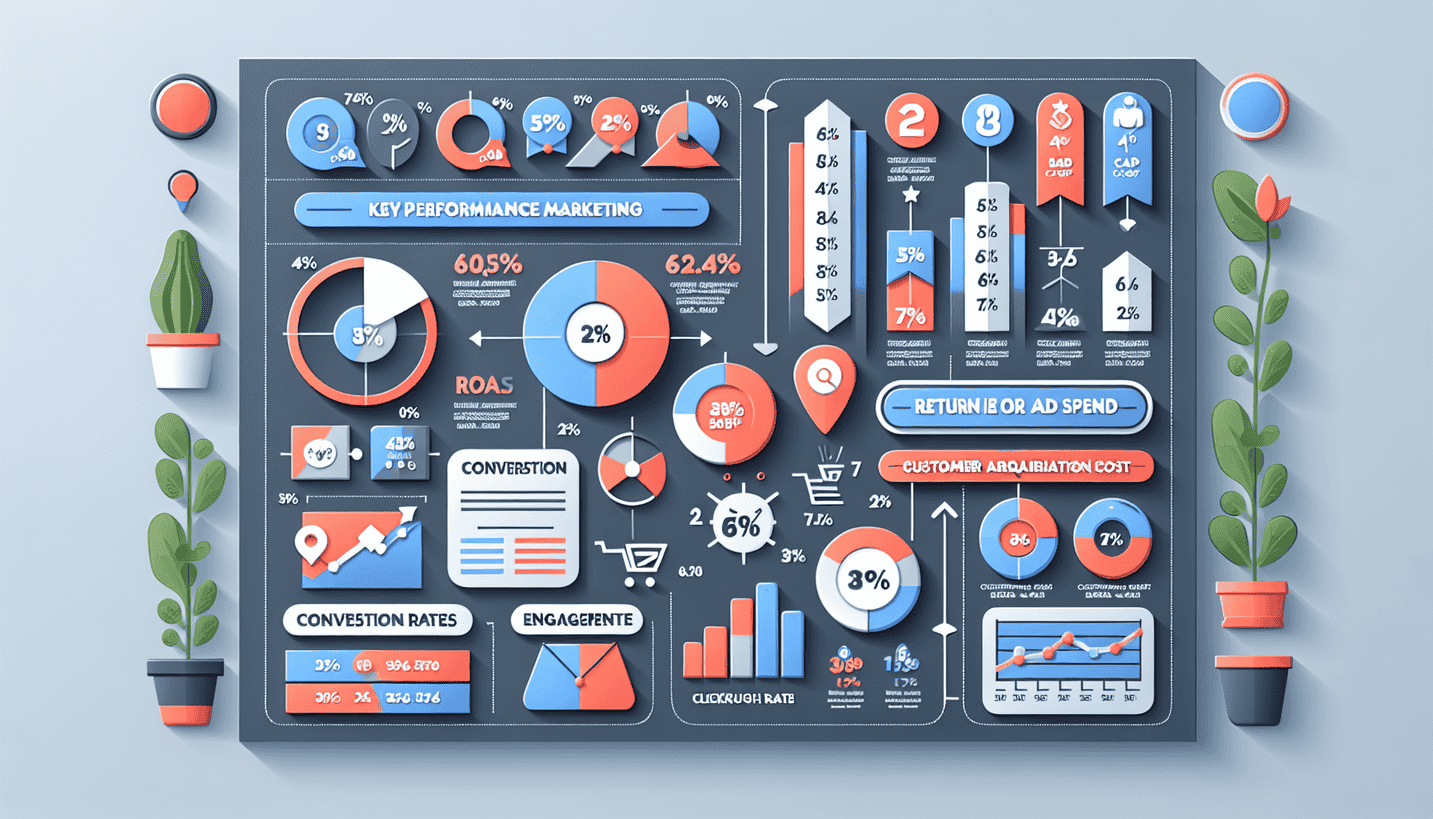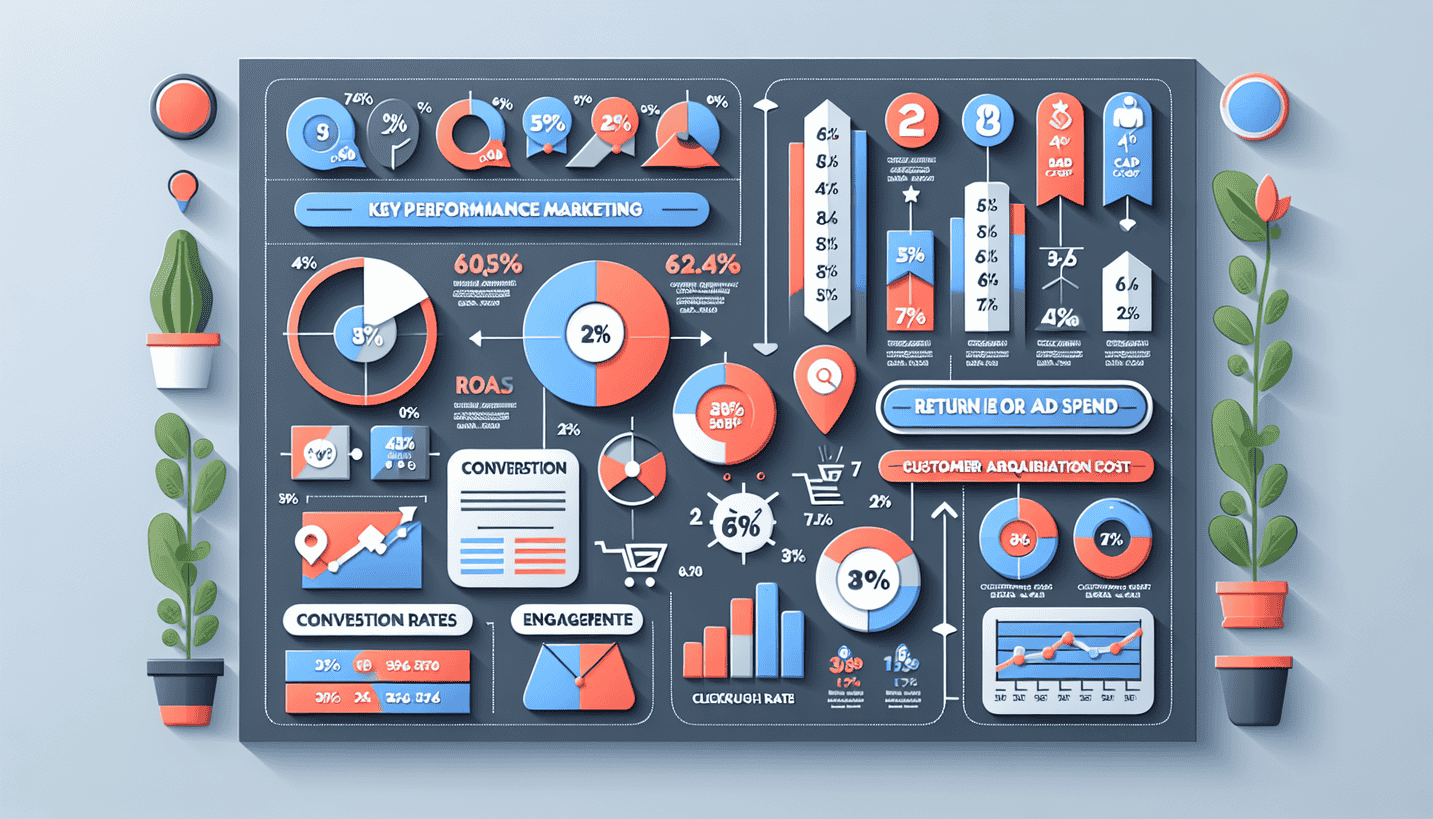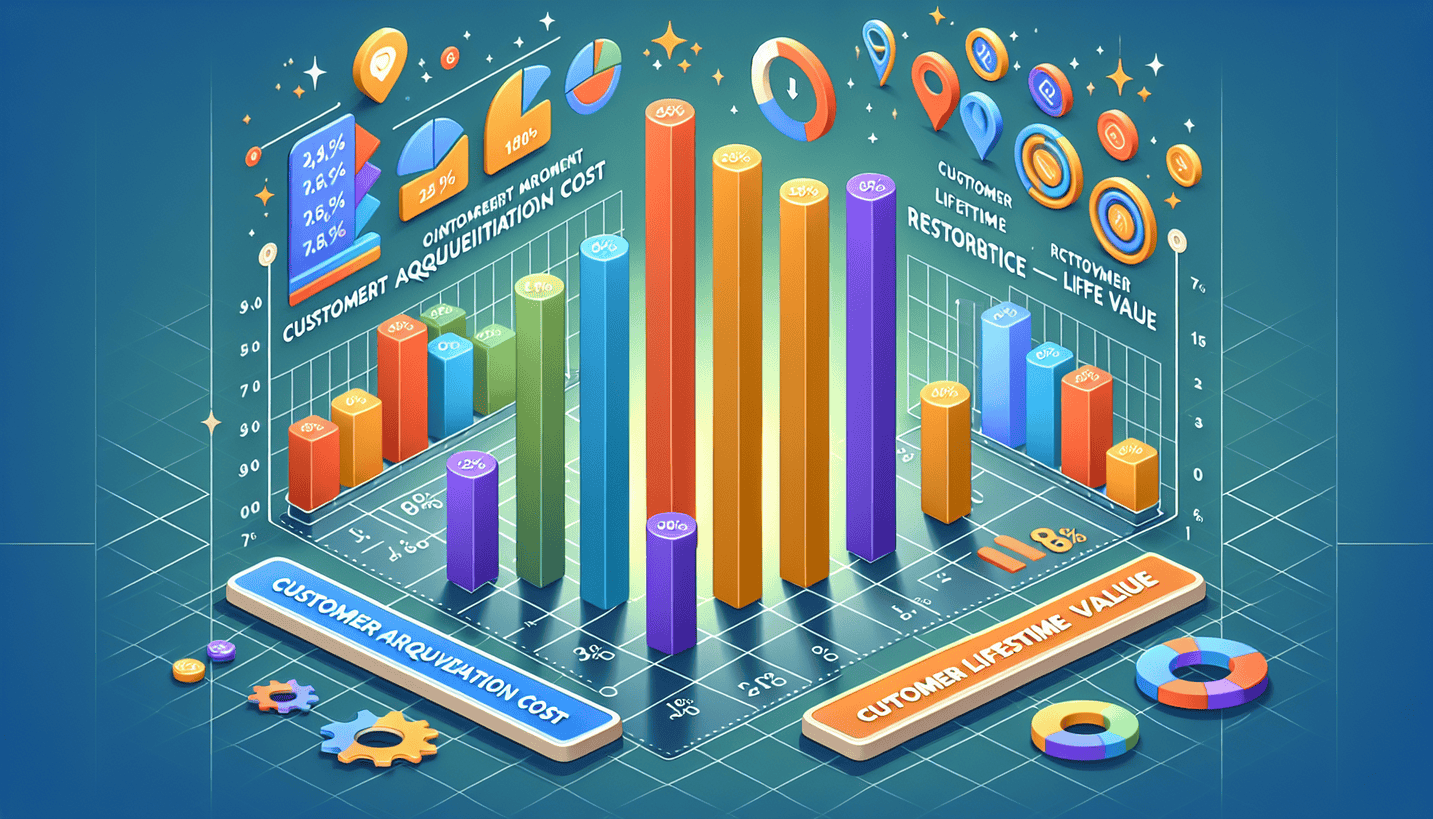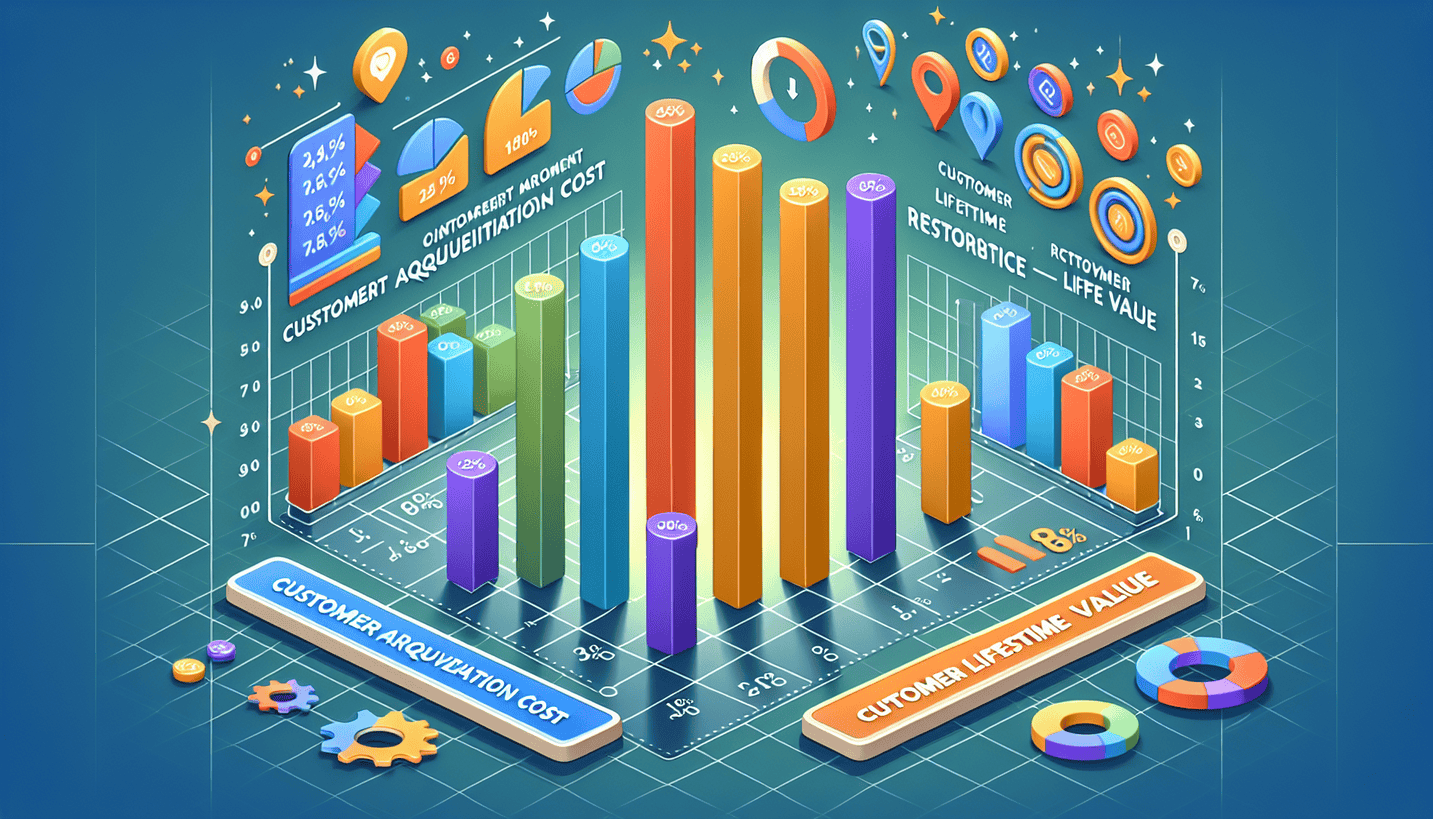Unlocking Success: How Data Analytics Transforms Performance Marketing!

Introduction: The Marketing Landscape Today

Have you ever marveled at how digital advertising seems to reinvent itself every few moments? The rush is real! With projections indicating that the global digital advertising market will soar to a staggering $786.2 billion by 2026—up from $733 billion in 2023—it’s evident that more businesses are investing in strategies that deliver measurable outcomes. More than half of marketing budgets are now allocated to paid media and emerging technologies, where businesses are not just spending, but placing their faith.
Central to unlocking this potential is data analytics—the essential engine fueling successful performance marketing. It’s not merely about crunching numbers; it’s about highlighting patterns, forecasting outcomes, and empowering smarter decisions. Data analytics transforms how we perceive campaigns and their effectiveness. Whether fine-tuning an ad strategy or identifying target audiences, data analytics becomes the indispensable ally in navigating the complex realm of performance marketing.
Section 1: Decoding Performance Marketing

At its core, performance marketing is a results-driven approach where advertisers are charged only when specific actions occur—think clicks, leads, or sales. Unlike traditional marketing, which often settles for broad brand awareness, performance marketing hones in on tangible, measurable outcomes. Because at the end of the day, it’s about holding strategies accountable and knowing exactly what you’re paying for.
So, why is this shift important? As competition heats up, companies must ensure they are spending every marketing dollar wisely. Accountability is key; strategies that can showcase their effectiveness easily rise to the top. Here, data analytics plays a pivotal role by providing insights that help marketers understand what really drives success.
Without data analytics, performance marketing would lack the foundation needed for success. This isn’t just about collecting metrics; it’s about using analytics to glean actionable insights that inform and shape marketing efforts.
Section 2: The Role of Data Analytics in Performance Marketing

Data analytics is the heartbeat of modern marketing. In its essence, it involves the collection, processing, and evaluation of data to inform decisions that drive campaigns effectively. Its application in marketing is vast, covering everything from assessing customer behaviors to measuring campaign performance and recognizing market trends.
To appreciate data analytics fully, it’s vital to understand the types of data being analyzed:
-
User Behavior Data: This includes metrics around click rates, time spent on pages, and bounce rates. A marketer might discover that users are dropping off at a specific point on a webpage, helping them adjust the layout.
-
Campaign Metrics: Key Performance Indicators (KPIs) such as click-through rates (CTR), conversion rates, and return on investment (ROI) serve as benchmarks for success and are crucial performance indicators.
-
Demographic and Psychographic Data: Information about the target audience—age, location, interests, and buying habits—enables the creation of tailored marketing strategies. For instance, if analytics reveal a surge in clicks from a particular demographic, marketers can pivot their campaigns to better target that audience.
All this data can be transformed into actionable insights, aiding marketers in implementing informed strategies. This process creates a feedback loop of continuous improvement—where data-driven insights contribute to real-time adjustments and refinements.
Section 3: Benefits of Data-Driven Strategies

Embracing a data-driven strategy is not just innovative—it’s essential. One of the prime benefits is enhanced targeting and personalization. Data analytics empowers marketers to identify their ideal audience through patterns in user behavior and preferences. Imagine a scenario where a business analyzes its spending habits; they can develop personalized campaigns that captivate the audience’s attention and drive conversions.
Additionally, the real-time optimization of campaign performance is a game-changer. Marketers can track campaigns live, adjusting strategies in response to what the data reveals. For instance, if certain keywords are underperforming, swift modifications can better align the campaign with successful performance indicators—like updating ad copy or experimenting with creative layout changes.
Marketers are also increasingly focused on maximizing ROI. Effective budget allocation becomes possible when data analytics illuminates the most lucrative channels. A hypothetical scenario illustrates this: if a specific ad group is yielding higher returns, resources can be shifted to those ads to bolster their success while dialing back on strategies that underperform.
Moreover, by providing tailored experiences, businesses foster long-term customer loyalty. Creating bespoke experiences based on user insights facilitates ongoing relationships, ensuring that the audience feels valued and understood.
Section 4: Essential Data Analytics Tools for Marketers

In order to unlock the full power of data analytics, having the right tools at one’s disposal is essential. Let’s take a look at some of the must-have tools for performance marketing:
-
Google Analytics: The go-to for tracking website traffic and user behavior, this powerful tool helps marketers understand the entire customer journey and conversion paths.
-
SEMrush: Known for its SEO capabilities, SEMrush helps analyze both SEO and PPC performance, providing insights into competitors and helping refine marketing strategies.
-
Tableau: A data visualization platform that makes interpreting complex data more accessible, Tableau allows marketers to uncover insights effortlessly.
-
HubSpot: An all-in-one platform that integrates marketing, sales, and customer data, HubSpot provides a comprehensive view to enhance decision-making.
Choosing the correct tools for data analytics is vital, and each tool has its unique strengths. Understanding specific needs—whether tracking conversions or analyzing competitor activity—should dictate which tools are incorporated into marketing efforts.
Section 5: Implementing Data Analytics in Performance Marketing
It’s time to roll up our sleeves and get into the nitty-gritty of implementing data analytics. Here’s a streamlined step-by-step guide:
-
Tracking Campaign Performance: Regularly monitor essential metrics like CTR, cost-per-click (CPC), and conversion rates. Leveraging tools like Google Analytics or dashboard reports from ad platforms can provide a wealth of information.
-
Analyzing Customer Journeys: Map out the path users take from first becoming aware of your product to making a purchase. Data paints a comprehensive picture of how customers interact with your brand.
-
A/B Testing: A/B testing is integral to refining campaign strategies. Marketers can test variations of ads or landing pages to see which versions yield better results, honing in on what truly resonates with their audience.
-
Predictive Analytics: By using historical data, marketers can forecast future trends. Take holiday seasons, for instance—companies can prepare campaigns early based on predicted spikes in purchasing.
Staying adaptable and ready to evolve based on data insights is essential to thriving in a rapidly changing marketing landscape.
Section 6: Overcoming Challenges in Data Analytics
Like any journey, the path to effective data analytics isn’t without challenges. Let’s identify some barriers that marketers frequently encounter:
-
Data Privacy Regulations: Navigating laws like GDPR can often complicate data collection efforts. Marketers must remain compliant while still striving for insights.
-
Lack of Expertise: Translating data into practical strategies requires skilled professionals who can glean actionable insights from raw numbers.
-
Integration Issues: Merging data from disparate platforms without the right tools can be daunting.
To tackle these challenges, organizations can invest in professional development to upskill their teams. Additionally, using user-friendly analytics tools simplifies integration and minimizes barriers to effective analysis.
Moreover, collaboration with performance marketing agencies can enhance data analytics efforts—even at times when internal resources feel stretched.
Section 7: Best Practices for Leveraging Data Analytics
Achieving success through data analytics calls for some tried-and-true practices. Here’s how to proceed effectively:
-
Start Small and Scale: Focus on a handful of key metrics in the beginning. This approach makes data analysis far less intimidating and allows teams to build confidence.
-
Prioritize Data Quality: The reliability of insights is only as good as the data fed into the system. Regularly assess and clean data to ensure accuracy.
-
Continuous Monitoring: Analytics isn’t a one-time effort. Regularly revisiting data ensures that campaigns are adaptable to market changes and consumer behavior shifts.
The insights garnered from data analytics are indispensable for growth—cultivating a proactive mindset is vital for success in the fast-paced digital landscape.
In this ever-evolving digital world, navigating the waters of performance marketing without a solid data strategy is like sailing without a compass. Data analytics can remarkably enhance targeting, improve campaign performance, and significantly optimize your return on investment. Those who leverage these insights not only thrive but set the standard in an increasingly competitive space. Moreover, as the world of performance marketing continually shifts, your understanding and application of data analytics could be what propels your business to new heights. 🌟